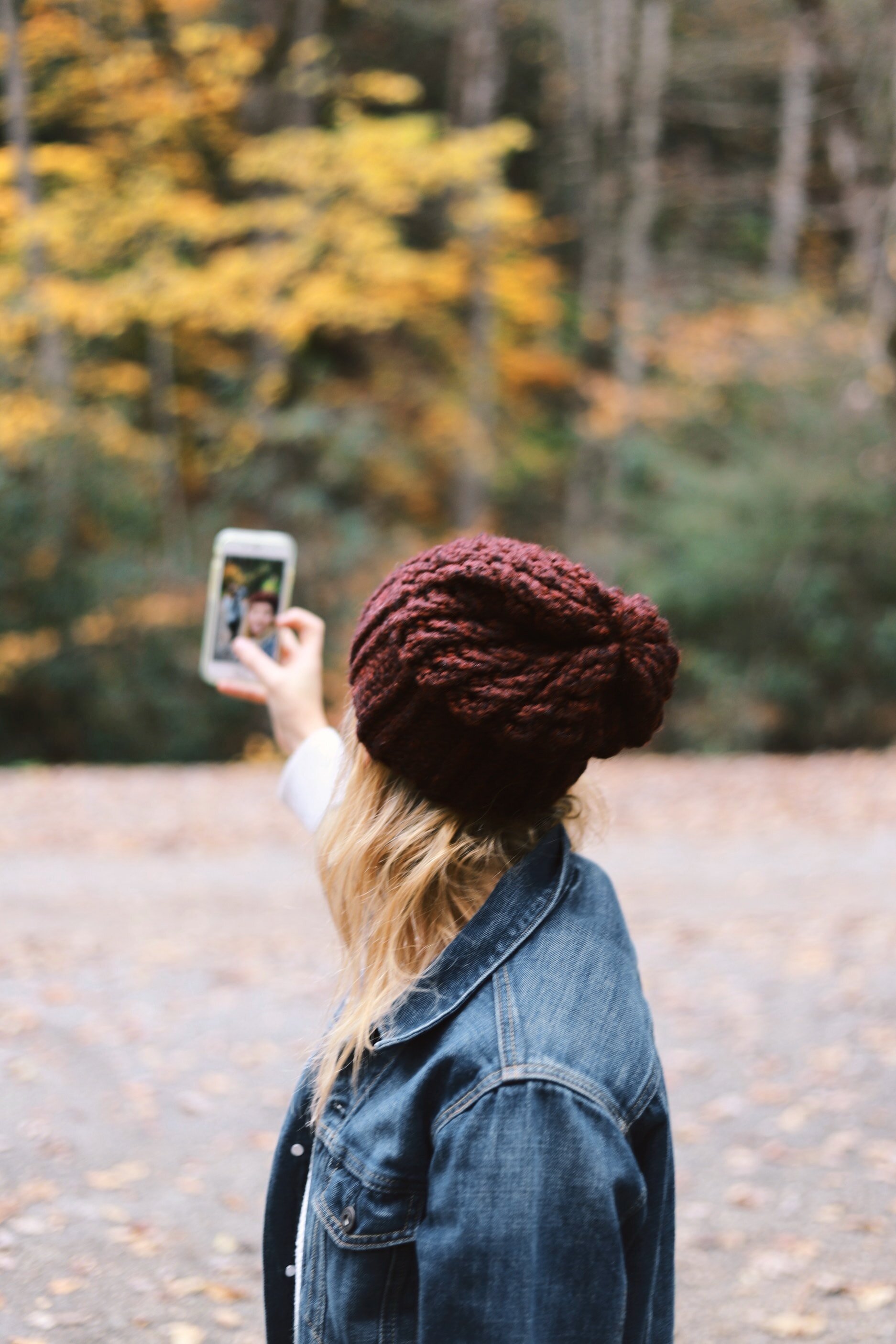Body Image, Teens & Social Media
In the UK, teenagers spend an average of 20 hours a week online on the internet (1). Some of that time, if not most of it will be spent on image-based social media platforms such as Instagram, Snapchat and TikTok. The overload of unrealistic, unattainable ‘ideal’ body images that were once seen in passing displayed on billboards, magazines and TV commercials are now more than likely viewed daily within the social media content consumed by teenagers. This overwhelming exposure to media consumption can be available for hours at a time leads to increasing pressures to perfect profile pictures, content and imposes an unrealistic expectation on one’s body image.
Body image is the way we imagine and perceive our own physical body. The rise and popularity of image-based social media platforms have led to evolving research on the impact idealised unrealistic images have on self-esteem and body dissatisfaction. The development of negative thoughts about one’s own body image can cause body dissatisfaction that has been related to lower self-esteem. A survey conducted last year during the first lockdown by the Women and Equalities Committee found that (2);
- 66% of children felt negative or very negative about their body image most of the time.
- 65% of under 18s thought there was an ‘ideal’ body type.
- 58% of under 18s felt lockdown had made them feel worse or much worse about their appearance.
- One of the reasons people under the age of 18 felt worse about their bodies was due to consuming more social media and the increase in adverts for products that portrayed changing your appearance, especially weight loss products.
- The pressures from social media focusing on weight loss or appearance improvement during lockdown was also cited as another contributing factor.
A report of the survey established that teenager’s perception of body image remained stable into adulthood, although a negative body image could have long-term effects that can lead to disordered eating patterns and affect mental health (3).
Interestingly it is not just celebrities and models depicting unrealistic body types on social media impressing on teenager’s body perceptions.
Appearance-related pictures created and shared by teenager’s friends, family and peers appear just as influential on body image (4). The level of influence is evidently increased on social media by the range of exposure and the many features on social media that further contribute to promote negative body image;
1. Filters, photoshopping, editing
Images are staged to appear flawless and are often photoshopped and edited to manipulate and create the perfect ‘ideal’ body. In addition, filters can be added to brighten, darken, blur, and create a seamless appearance.
2. Personal connections
Social media platforms provide an outlet for teenagers to communicate with their peers, celebrities, and social media influencers that teenagers aspire to be like. This level of interaction separates images seen on social media to those of traditional media creating a sense of aspiration that teenagers feel is replicable in their appearance.
3. Number of likes
One of the distinguishing aspects of Instagram is the ‘likes’ feature. The number of likes is displayed under each Instagram post in support/promoting the image. This action can be seen as a form of influence that reinforces the message portrayed within the image. Women that were devoted to the number of likes were more likely to exhibit appearance comparisons, likes comparison and facial dissatisfaction in a study investigating the effect of likes on Instagram (5).
This period of cognitive development experienced during the teenager years highlights an important phase of sensitivity to socialising, peer approval, emotional processing and reward seeking behaviours that increases the desire to earn the acceptance of their peers (6)
4. Selfies
Selfies are similar to self-portraits taken on mobile phones usually used for social media profile pictures. Selfies were found to be frequently edited by teenagers and can incite lower body confidence and trigger appearance comparisons in teenagers (7).
5. Fitspiration
Fitspiration is the trend that encourages a healthier lifestyle through food and exercise. Despite the positive intentions of this trend, research has found that it tends to lower mood, self-esteem and impact body dissatisfaction by fixating on a specific body type, eating habit, exercise and lifestyle (8).
What can we do about it?
The body image of teenagers is certainly shaped to some degree by the images seen and the interactions made on social media. Emerging research over the last decade provides a nuanced and complex examination of social media and the increasing negative body image concerns. One of the encouraging findings of the Women and Equalities Committee Survey was that 78% of young people wanted to learn more about positive body image at school. A lack of positive body image education is provided in schools in the UK which has forced Public Health England to review the inclusion of positive body image information and learning in future curriculums for primary and secondary schools.
Our Advice
1. Focus on 5 things you like about yourself and your body.
2. Be conscious that what you see online and on social media is often altered to improve an image.
3. Take a break from social media from time to time.
4. Unfollow accounts that make you feel uncomfortable
5. Follow accounts that lift your mood
RESOURCES
- BEAT
- YoungMinds Body Image Resource
- Social Media Victims Resource
Written By: Rumana Dhanji (ANutr)
References:
https://www.statista.com/statistics/397851/hours-of-media-consumption-by-children-by-media-uk/
https://committees.parliament.uk/work/226/changing-the-perfect-picture-an-inquiry-into-body-image/
https://publications.parliament.uk/pa/cm5801/cmselect/cmwomeq/274/27408.htm
https://www.sciencedirect.com/science/article/abs/pii/S1740144518301360






